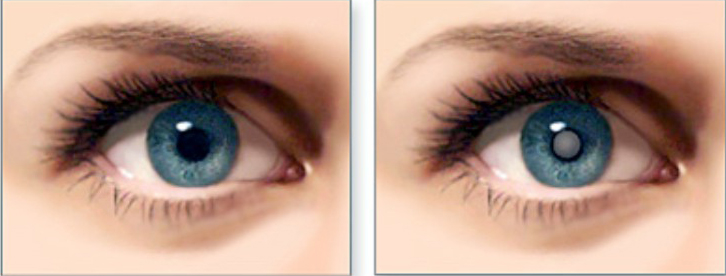Cataract is the clouding of the lens that is seen most commonly in older age. Sometimes cataract develops even in younger age due to certain factors like trauma, diabetes, chronic eye inflammation etc. Rarely this condition can be seen in newborn children and it needs to be diagnosed and managed early for proper visual development of the child.
The standard treatment of cataract nowadays is phacoemulsification surgery. The timing of surgery depends on the patient’s visual needs and not related to the maturity of cataract. Patients can choose from various different types of IOLs which provide good clear vision.
We at hi-tech eye care & laser center offer our patients Microincision cataract surgery with Alcon Centurion active fluidics Phacoemulsification system (USA). Patients can choose among various monofocal, multifocal, trifocal, toric IOLs available here depending on their visual requirements

